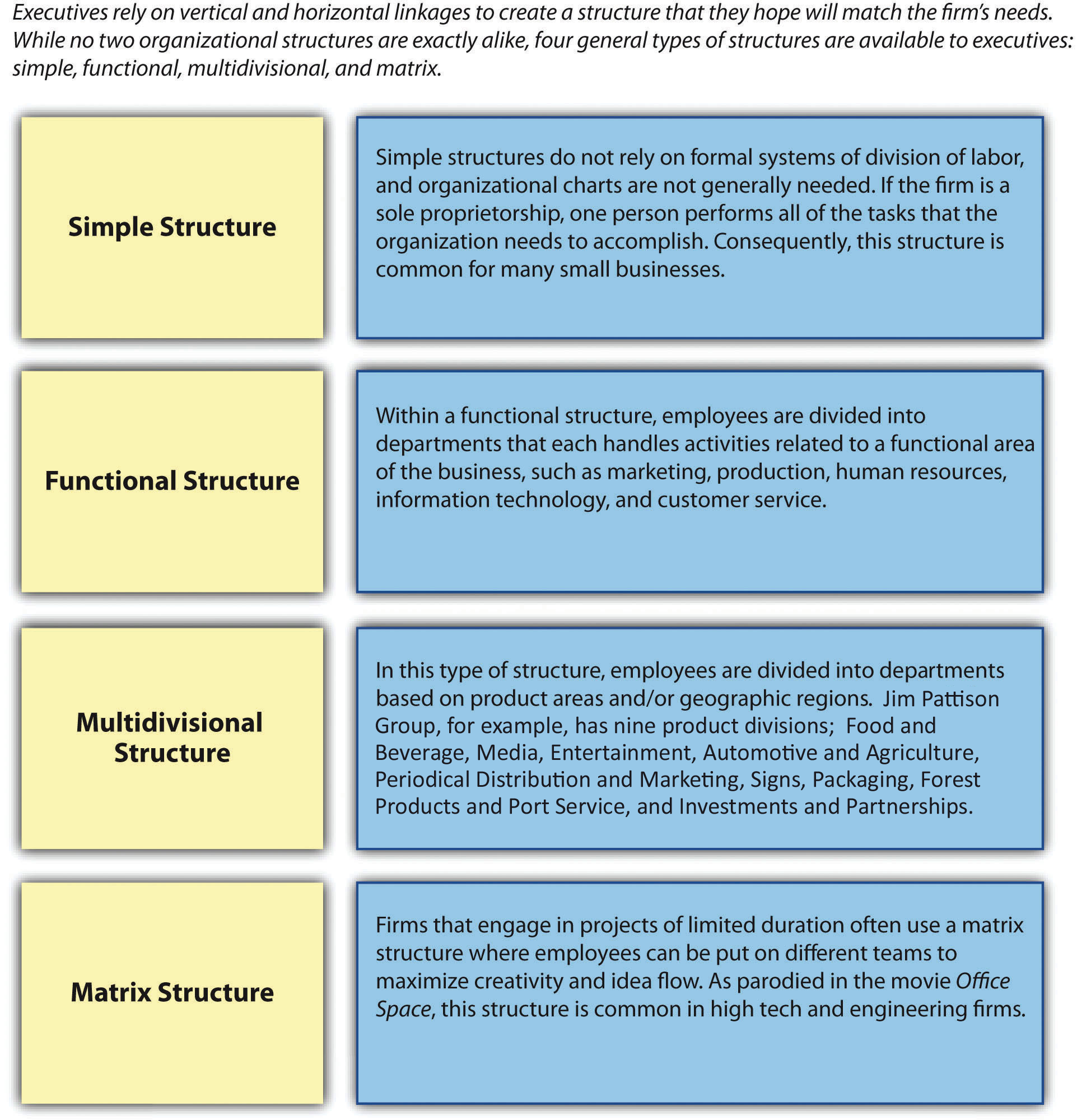Relational Leadership Essentials Fundamentals Explained
Relational Leadership Essentials Fundamentals Explained
Blog Article
Examine This Report about Relational Leadership Essentials
Table of ContentsHow Relational Leadership Essentials can Save You Time, Stress, and Money.Not known Facts About Relational Leadership EssentialsThe Main Principles Of Relational Leadership Essentials Fascination About Relational Leadership EssentialsGet This Report on Relational Leadership EssentialsGetting My Relational Leadership Essentials To Work
Yet, as even more companies embrace dispersed workforce methods, collaborative, transparent, and versatile structures will play a vital role in success - Relational Leadership Essentials. Understanding that a matrix structure's versatility sustains agile teams, promotes engagement, and values cross-collaboration, it's time to make a decision if your company requires improvement in these areas. If so, transitioning to a matrix structure may be a solid move in the best directionFor instance, if your social media sites advertising and marketing division determines an untapped client base, your structure ought to make it easy for the head of that division to interact this exploration to senior management and the sales group. This can be true even if you have a top-down framework in which authority rests in the hands of your elderly monitoring team.

The 2-Minute Rule for Relational Leadership Essentials
No matter the kind of organizational framework you pick, there will certainly always be a coverage network that ends with a decision manufacturer. In a level framework in which staff members are given large latitude to make recommendations and take possession of their job procedure, decisions are made based on the consensus of staff members working in a team.
TASK 1 1.1: Organizations are developed to meet a demand, for instance to give products or services. Organizational structures can take lots of kinds.
Organizations can be structured in various methods: by function, for instance, procedures, advertising and marketing, finance, fundraising, and so on by area by item, as an example, books, support, working as a consultant, distribution in job teams, for example, client/customer teams. On top of the framework is a solitary person, that has a handful of individuals reporting directly to them.
Relational Leadership Essentials for Dummies
Benefits of hierarchical frameworks: A hierarchical framework uses clear coverage lines. It is easy to see what each team is called, just how many people there remain in each group and just how they relate to other individuals in the system. Downsides of hierarchical structures: Individuals can feel stuck in a 'silo' and miss out have a peek at this site on opportunities for co-operation, both on their own and the organisation.
There are less levels in the flat framework organisation. In this example framework, there is a single person at the leading with everybody else reporting right into them on an equal level. Benefits of level structures: people really feel more involved and can tackle more obligation better communication far better team spirit much less bureaucracy and less complicated decision making lowerEven teams of kids begin to establish a network or informal hierarchy.
Relational Leadership Essentials - Questions

An organizational structure produces a structure for exactly how a firm operates, consisting of the division of duties and authority. Here are the most typical choice org frameworks in use: organizational framework business framework organizational structure organizational structure business framework business framework business structure You may ask, what is the best organizational structure?
The individual on top has the ultimate authority and sets the program and method. The supervisors create the plan and the workers implement the strategy. Top-down orgs have functioned in an orderly and easy-to-understand pecking order for centuries. Every person has a clear line of reporting and understanding of the hierarchy.
Relational Leadership Essentials - Questions
Some have suggested that this style of structure is outdated, in a globe that is relocating so quickly. The view may be excellent from the top, yet what concerning the remainder of your business? Photo by mirsad mujanovic/ Certified under Pexels License Advantages of a top-down org framework include: A clear focus on instructions and tasks Streamlined decision-making Functions and responsibilities are clear Familiar and comfortable workflow Drawbacks of a top-down org structure include: Staff member have little control or input right into the job item Managers may not see spaces in between assumptions and group capabilities till it's too late Less independent thinking at lower degrees Reduced staff member engagement and enthusiasm A bottom-up business structure works much differently.
Tasks and obligations change in time. Lower-level employees within an organization are provided higher authority to address problems, established directions, and handle jobs. The goal is to enable better input from the workers closest to the customers or issues and produce a more collective environment. https://www.nulled.to/user/6100434-rlessentials. Instead of strategy, ideas, and jobs being handed down from the top, ideas and understandings are created near the bottom and circulation upwards in the bottom-up org structure.
The Relational Leadership Essentials Statements
While utilizing the very same principles as the top-down structures, it further delegates responsibility and authority to managers. Most often used in big companies, duties may be split right into divisions or devices which managers manage and establish technique in their corresponding areas. Subservient managers produce the implementation method and lower-level employees are designated tasks.
Report this page